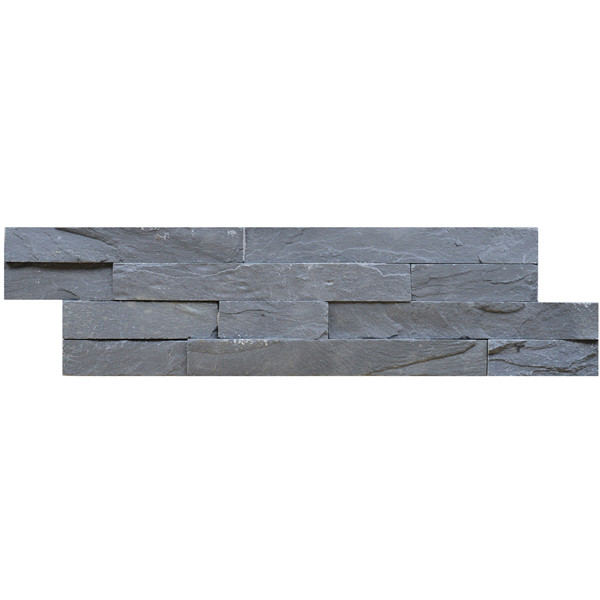Introduction:
The facade of a building is its face to the world, the first impression it gives to visitors and passersby. Stone veneer facade has become a popular choice for architects and builders looking to enhance the aesthetic appeal of a structure while also providing durability and low maintenance. In this article, we will explore the various aspects of stone veneer facade, including its benefits, installation process, design options, and maintenance requirements.
Benefits of Stone Veneer Facade:
Stone veneer facade offers a wide range of benefits that make it an attractive choice for both residential and commercial buildings. redirected of the key advantages of stone veneer is its aesthetic appeal. It provides a natural and timeless look that can enhance the overall appearance of a building. Stone veneer is available in a variety of colors, textures, and patterns, allowing for endless design possibilities.
In addition to its visual appeal, stone veneer facade also offers durability and longevity. Stone is a naturally strong and durable material that can withstand the elements and harsh weather conditions. Stone veneer is also resistant to fire, mold, and rot, making it a low-maintenance option for building exteriors.
Another benefit of stone veneer facade is its versatility. It can be used on both new construction and renovation projects, and can be applied to a variety of surfaces, including wood, concrete, and metal. Stone veneer can also be used to create a seamless transition between indoor and outdoor spaces, adding a touch of elegance and sophistication to any building.
Installation Process:
The installation process of stone veneer facade involves several steps that require careful planning and attention to detail. The first step is to prepare the surface where the stone veneer will be applied. This may involve cleaning, priming, and reinforcing the existing structure to ensure a strong and stable base for the veneer.

Once the surface is prepared, the next step is to apply a moisture barrier to prevent water infiltration and protect the underlying structure. This is followed by the installation of a metal lath or wire mesh to provide a secure attachment surface for the stone veneer.
The stone veneer is then applied using a mortar or adhesive, depending on the type of veneer and the surface it is being applied to. The stones are carefully arranged and secured in place, with attention to details such as pattern, texture, and color variation.
After the stones are installed, the joints are filled with grout or mortar to create a seamless and cohesive appearance. Finally, the surface is cleaned and sealed to protect the stone veneer from stains and moisture.
Design Options:
Stone veneer facade offers a wide range of design options that can be customized to suit the style and architecture of a building. One of the key design considerations is the type of stone veneer material to be used. Natural stone veneer is made from real stone that has been cut into thin slices, while manufactured stone veneer is made from a mixture of cement, aggregates, and pigments that mimic the look of natural stone.
Natural stone veneer offers a unique and authentic look, with variations in color, texture, and pattern that are characteristic of natural stone. Some popular types of natural stone veneer include limestone, slate, granite, and travertine. Natural stone veneer can be more expensive than manufactured stone veneer, but it offers a high-end and luxurious appearance that is unmatched by imitation products.
Manufactured stone veneer, on the other hand, is a more affordable and lightweight alternative to natural stone. It is available in a wide range of colors and styles, and can be customized to replicate the look of various types of natural stone. Manufactured stone veneer is also easier to install and requires less maintenance than natural stone, making it a popular choice for budget-conscious projects.
In addition to the type of stone veneer material, design options for stone veneer facade also include patterns, textures, and finishes. Stone veneer can be arranged in various patterns, such as stacked, random, or coursed, to create different visual effects. Textures range from rough and rustic to smooth and polished, adding depth and interest to the facade. Finishes can include matte, honed, or polished surfaces that enhance the natural beauty of the stone.
Maintenance Requirements:
Stone veneer facade is a low-maintenance option for building exteriors, but it does require some care and attention to ensure its longevity and beauty. Regular cleaning is essential to remove dirt, dust, and debris that can accumulate on the surface of the stone veneer. A mild detergent and soft brush or cloth can be used to gently clean the stones and joints, taking care not to damage or scratch the surface.
In addition to cleaning, it is important to inspect the stone veneer facade periodically for any signs of damage or wear. Cracked or loose stones should be repaired or replaced promptly to prevent further deterioration. Sealing the stone veneer can also help protect it from moisture, stains, and UV damage, extending its lifespan and maintaining its appearance.
Conclusion:
Stone veneer facade is a versatile and durable option for enhancing the architectural beauty of a building. Its aesthetic appeal, durability, and low maintenance requirements make it a popular choice for architects, builders, and homeowners looking to create a lasting impression with their exteriors. With a wide range of design options and installation techniques available, stone veneer facade offers endless possibilities for creating unique and stunning building facades. Whether used on a residential home, commercial building, or outdoor living space, stone veneer facade can add a touch of elegance and sophistication to any project.
